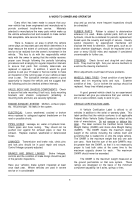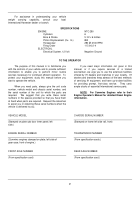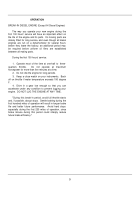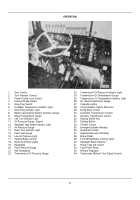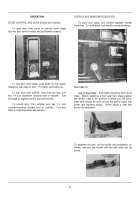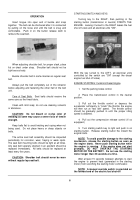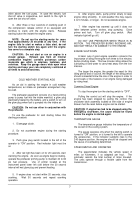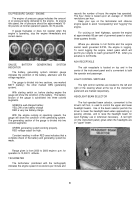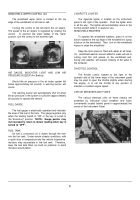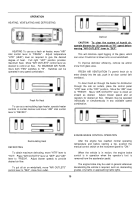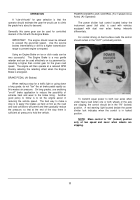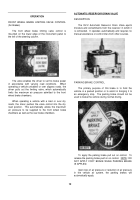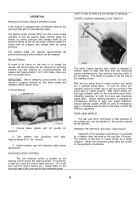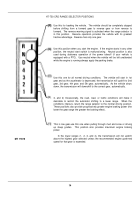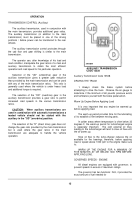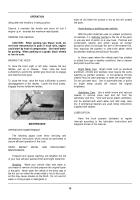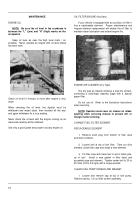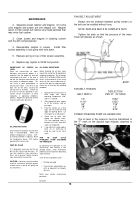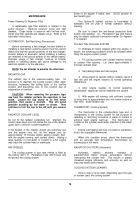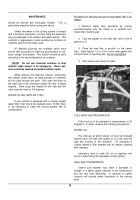TM-5-3805-254-14-P-1 - Page 17 of 590
OPERATION
A "rule-of-thumb" for gear selection is that the
operator should estimate the gear he would use to climb
the grade he is about to descend.
Generally this same gear can be used for controlled
descent of the hill with the Engine Brake.
IMPORTANT:
The engine should never be allowed
to exceed the governed speed.
Use the service
brakes intermittently or shift to a higher transmission
range to prevent engine overspeed.
Using an Engine Brake on ice or slick roads can be
very successful.
The Engine Brake is a very gentle
retarder and can be used effectively on icy pavement by
selecting a higher than normal gear for the given road
speed.
The engine will then operate at a reduced RPM
thereby reducing the retarding effect when the Engine
Brake is energized.
BRAKE PEDAL (Air Brakes)
When making a stop for a traffic light or going down
a long grade, do not "fan" the air brake pedal rapidly as
this wastes air pressure.
On long grades, use snubbing
"on-off" brake application to reduce the possibility of
extreme heat and wear to the brake lining.
Another
good policy to follow is to let the engine assist in
reducing the vehicle speed.
The best way to make a
stop is to apply the brakes as hard at first as the road
and load conditions will permit and then gradually reduce
the pressure, so that at the end of the stop there is
sufficient air pressure to hold the vehicle.
POWER DIVIDER LOCK CONTROL (For Tandem Drive
Axles) (Air Operated)
The power divider lock control located below the
instrument panel (left side) is used with vehicles
equipped with dual rear axles having interaxle
differentials.
For normal driving on hard surface roads the control
should remain in the "OUT" (unlocked) position.
Back to Top

